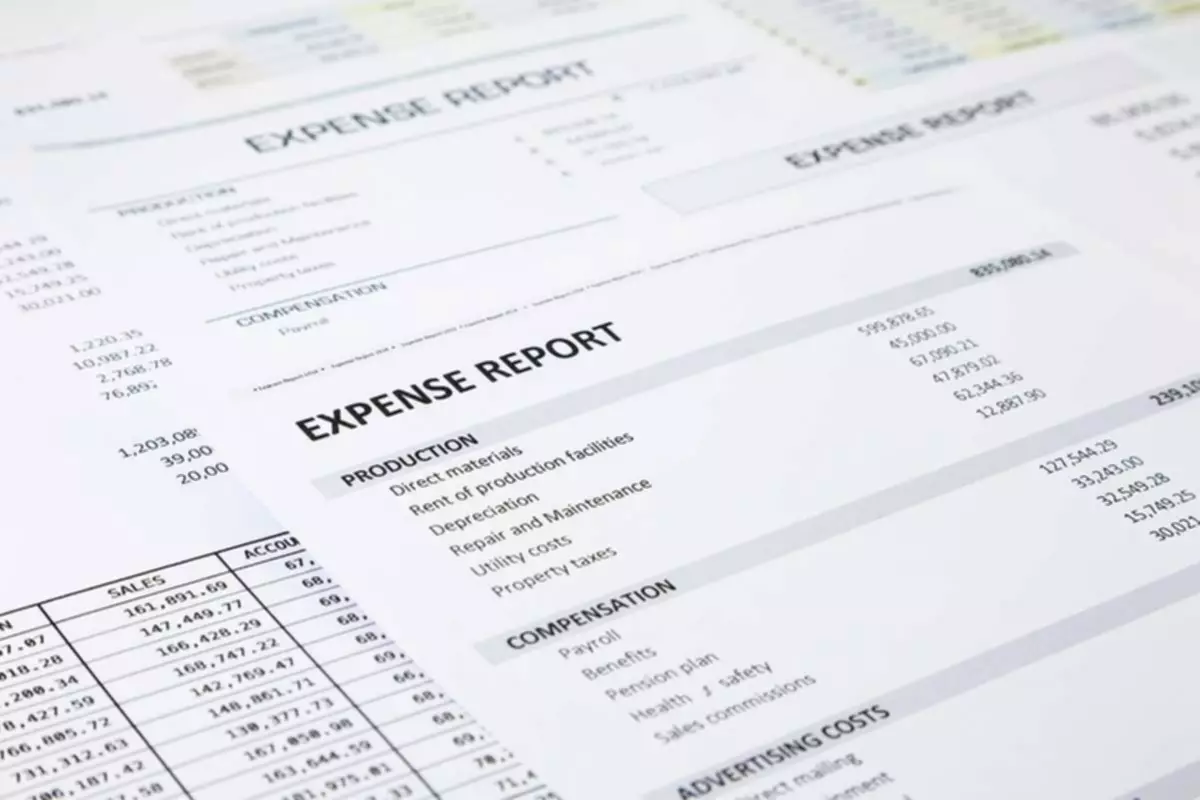- Empty cart.
- Continue Shopping
2023 CFA Level I Exam: CFA Study Preparation
Content

LIFO reserve is tracked so that companies using different methods of accounting can be accurately compared. The main purpose of LIFO Reserve is to bridge the gap between the costs when using LIFO Method and costs when using the FIFO method. The inventory goes out of stock in the same pattern in the FIFO method as it comes in.

It proves to be a prerequisite for analyzing the business’s strength, profitability, & scope for betterment. Cost of goods sold is defined as the direct costs attributable to the production of the goods sold in a company. Last in, first out is a method used to account for inventory that records the most recently produced items as sold first. Almost all analysts look at a publicly-traded company’s LIFO reserve.
Breaking Down the LIFO Reserve Account
This is specifically important when sharing things like tax returns with the government because it means the amount of taxes the company accrues is likely to be lower. The difference between the inventory method used for internal reporting purposes and LIFO is called “LIFO reserve” or “allowance to reduce inventory to LIFO”. If the company reports inventory with the LIFO method, the COGS will be higher, and the gross profit will be low.
- Identify any FIFO-computed values that are useful for analysis purposes, and explain how they are determined using financial statement information.
- Price declines The lower-cost current purchases enter reported LIFO COGS when purchase prices fall, reducing the cost differences between LIFO and FIFO ending inventories.
- Many different tax aspects must be considered when buying or selling an automobile dealership.
- These include the cost of goods sold and the value of inventory.
- The business organization uses different methods for the valuation of inventory but for presentation purpose.
It indicates the LIFO Reserve between LIFO and FIFO inventory method reporting. GAAP requires all businesses to report the LIFO reserve for bookkeeping purposes. LIFO reserve enables the stakeholders to compare the performance of any business without getting confused about inventory methods. But these impact the tax liability, profits, cash flows, and other financial aspects. These methods are FIFO Inventory, LIFO Inventory, Specific Identification Method, and Weighted Average Cost. Assuming rising prices, liquidation of early LIFO layers will result in a charge to cost of goods sold of the older, lower-cost inventory items.
LIFO Reserve: The Link between FIFO and LIFO Inventory Methods
The LIFO reserve is an account used to bridge the gap between the FIFO and LIFO methods of inventory valuation. The reserve helps to outline the many differences between the two methods and shows how each method would affect the company’s COGS in different situations. The disclosure of the LIFO reserve allows readers to better compare the financial statements of a company using LIFO with the financial statements of a company using FIFO. LIFO InventoryLIFO is one accounting method for inventory valuation on the balance sheet. LIFO accounting means inventory acquired at last would be used up or sold first.
This is a particularly complex https://www.bookstime.com/ issue which should be explored by professional tax advisors on a case by case basis. The analysis in my long post above is correct, except that it is not necessarily the case that LIFO-COGS is always greater than FIFO-COGS in an inflationary environment.
